Your Cart is Empty
Free Shipping on orders over $75!
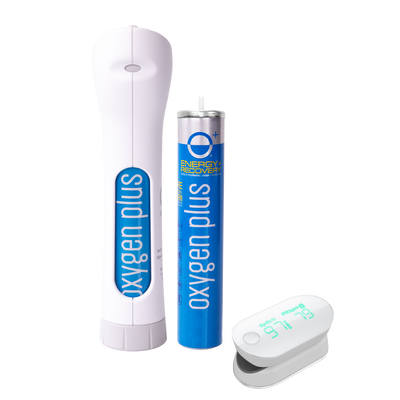
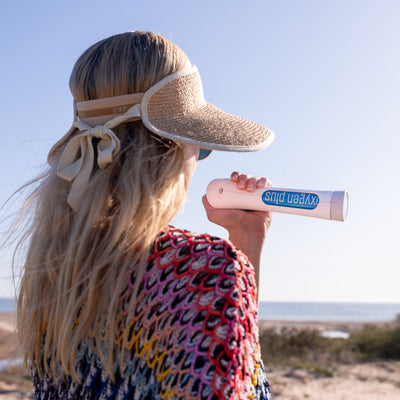
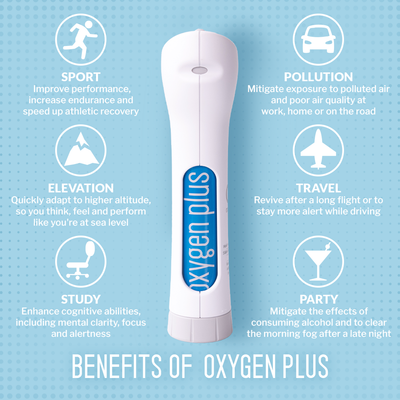
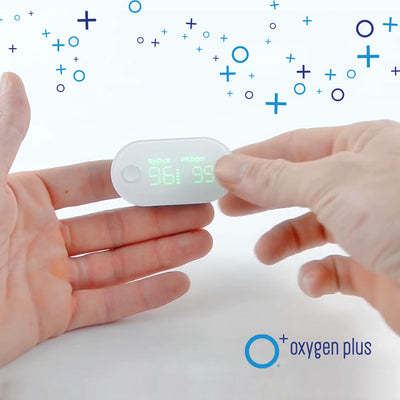
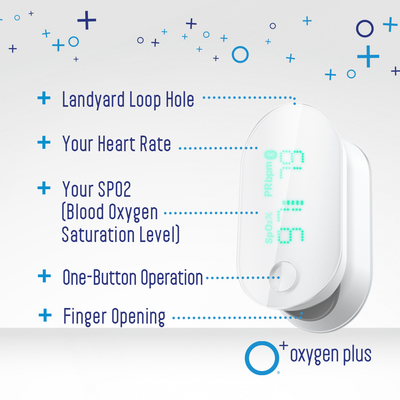
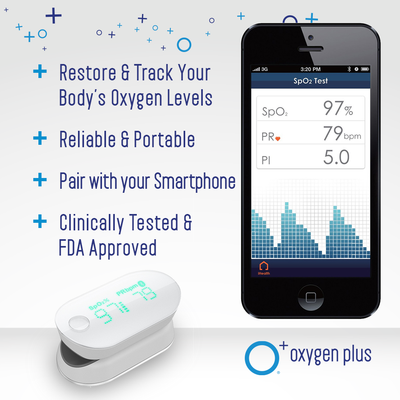
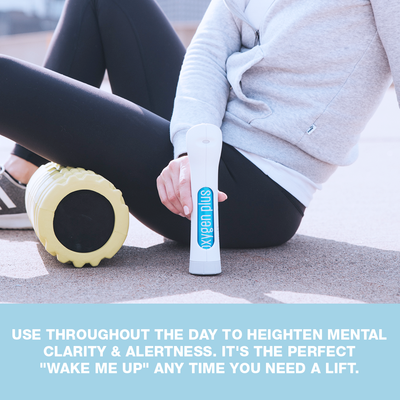
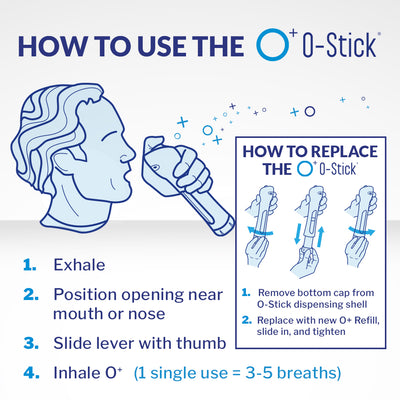
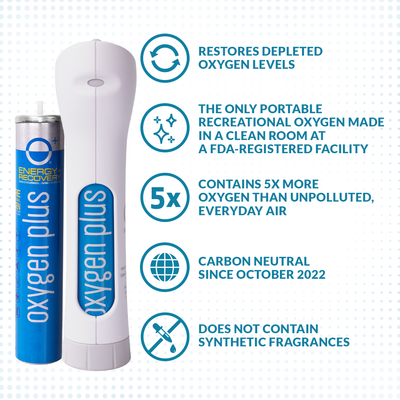
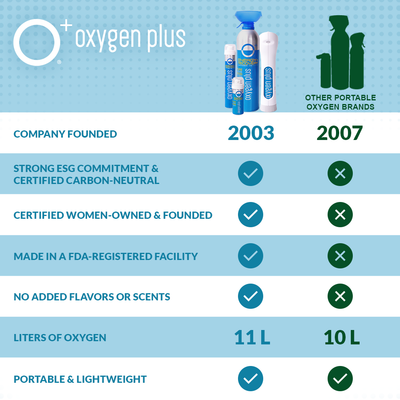
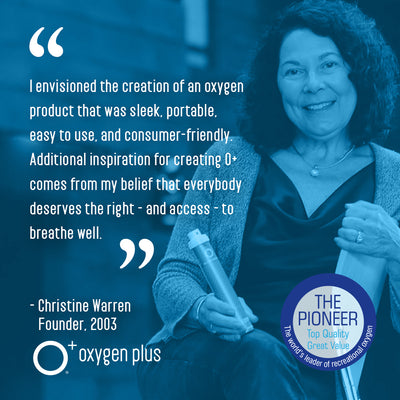
$91.99 $99.99 You Save 8% ($8.00)
Quickly and stylishly restore your body’s depleted oxygen levels to normal, healthy levels – and then monitor your oxygen levels when you’re on the go – with Oxygen Plus’s O+ Oximeter Pack, which features the O-Stick refillable oxygen canister starter system and the iHealth Wireless Pulse Oximeter.
This convenient canned oxygen starter kit includes Oxygen Plus’s proprietary, lightweight, reusable O-Stick dispensing shell and one (1) starter O+ Refill oxygen canister for on demand, all-natural energy and recovery – at home, work and play. Each O+ Refill canister in the O-Stick offers more than 50 breaths of pure recreational oxygen. Swap out an empty canister for another O+ Refill canister in your O-Stick once finished. A variety of O+ Refill pack sizes are available for one-time purchase and as a subscription.
A perfect pairing to all O+ oxygen products, the iHealth Wireless Pulse Oximeter is a convenient, non-invasive oxygen reader that quickly tests oxygen levels (SpO2) and pulse rate (BPM) via your fingertip.
In case you're wondering, for healthy individuals, a normal SpO2 is between 96% to 99%. Although it depends on your body and activity level, among other things like your surrounding air quality, it usually takes a few deep breaths of O+ oxygen to restore your body's depleted oxygen levels to status quo.
HOW TO BREATHE – With the O-Stick oxygen dispenser in hand, press the easy-pull lever with your thumb and release the flow of oxygen while you inhale – ideally through your nose. 3 to 5 breaths usually does the trick. It just depends on what you’re up to. With the iHealth Wireless Pulse Oximeter in tow, you can measure and track your unique oxygen needs so you can think, feel and perform you're best!





